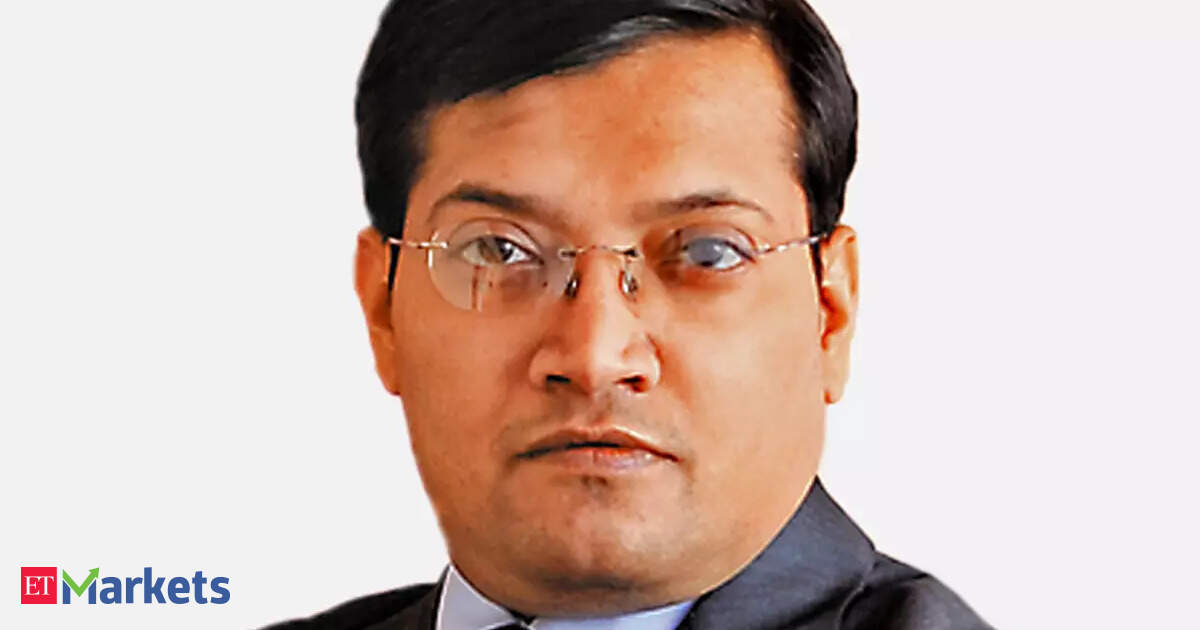The survey found that households have identified financial goals like children’s education, marriage, buying a house or car, starting a business, retirement, healthcare expenses, etc.
However, most people do not save and allocate investments separately for each specific goal. At the time of conducting the survey, people had a number in mind which is roughly 10 to 12 times their annual income.
Most tend to take the approach of building a corpus of 50 lakh or 1 crore or any such number which they intend to use as and when something becomes a priority. This usually tends to be financial needs for their children’s education and marriage. Retirement, though a big need, takes a backseat.
Focus on goal-based investing
Separating investment accounts for each specific goal is important and allocating early and specifically for retirement is even more important for one reason alone. That is “Retirement is the only financial goal of your life for which you do not get a conventional loan.”
A gap in the requirement of any other goal can be fulfilled by an education loan, home loan, car loan, business loan etc. But not for retirement.
Retirement planning often focuses on a required number – it could be Rs 50 lakh, 1 crore, 2 crore or 5 crore or more depending on the outputs from retirement calculators. In this post, I wish to draw your attention to a simple concept which can help you plan for this goal.
Replacing active income with passive
To start with, ascertain how long it takes to replace one year’s income with your savings and returns on your investment. And how much faster it gets if you already have a starting pool of money. In this regard, starting early has a huge advantage.
Many Indians consider real estate as an investment avenue. Suppose your home is worth 1 crore gets a rental yield of 5%, how many years would it require to recover the cost of the house? Simple – 5% rental yield on a 1 crore house is 5 lakhs a year.
So, in 20 years you would have recovered the 1 crore you paid for the house. I am not complicating it here by considering the cost of monthly maintenance, stamp duty, basic furniture costs, repair and other such costs though all of those costs matter in computing payback. To help with that, skip the last para.
Similarly, in the case of savings, suppose you have an annual income of 12 lakh, and you save 10% (1.20 lakh) every year; how many years would it require to replace one year’s annual income?
Well, 10 years if you consider zero return. If your invested savings generate a 8% return, then it would take 7.5 years to get to 12 lakhs. If, at the start, you had an extra 1 lakh earning the same 8%, you could replace that 12 lakhs in 6.7 years. Again, I am not getting into the purchasing power deterioration over time due to inflation etc. For help with that, skip to the last para.
Coming to retirement – say targeted at age 60, let’s assume you wish to replace your current 1 lakh per month income or 12 lakh annual income. If you want this income for 25 years, (assuming life expectancy of 85 years), how much corpus would be required to replace your monthly salary?
Using any online calculator, assuming a conservative post-retirement return on your investments of 6% per annum and considering 5% inflation, you will need approximately Rs 2.5 crore to generate Rs 1 lakh per month growing annually with inflation for 25 years. (This is using an inflation-adjusted withdrawal. Sounds complicated. Again, for help, skip to the last para). So, how do you accumulate this corpus?
Benefit of starting early
Let’s assume Omkar is currently 25 years old. He wants to retire at 60. That gives him 35 years to build his corpus. His friends Ravi & Rohan who are older to him want to retire at 60 too.
All of them have a need for a corpus that can replace their 1 lakh monthly income and also protect it for inflation over their retirement period. We know from our above example that you will probably need a corpus of 2.5 crore.
But let’s assume they require 3.25 crore on a safer side, so that they are able to meet any unexpected cash outflows in retirement. Now let’s look at how much Omkar and his friends who start investing at different ages are able to save:
 ETMarkets.com
ETMarkets.comPast performance may or may not be sustained in future and is not a guarantee of any future returns. Please note that these calculations are for illustrations only and do not represent actual returns. Mutual Funds do not have a fixed rate of return, and it is not possible to predict the rate of return.
How they stack up:
• Omkar invested 21 lakhs over 35 years and built a corpus of Rs 3.25 crore.
• Ravi invested 30 lakhs over 25 years and accumulated Rs 1.9 crore. Ravi needs to invest a lumpsum of 9.10 lakh at the start of his investment journey to catch up with Omkar’s corpus.
• Rohan invested 45 lakhs over 15 years and got Rs 1.26 crore. Since Rohan started late, he has to invest a higher amount – 37.63 lakh to match Omkar’s corpus.
Omkar, who started early accumulated a bigger corpus even though the contribution is less. Clearly, time played a crucial role in compounding the corpus. Thus, the habit of saving early can have a profound impact on the final corpus even if the saving is less.
Build a secondary income
On a side note, don’t be overly anxious as you see the outcomes on online calculators. Know that the key is in the skills you can monetize beyond your current professional skill. That’s a topic for another time.
In the meantime, you can take a look at our 50 Gigs Compendium which gives you an idea of the various skills you can hone, the technical training required and expected earnings from them here.
What could be a good starting point to understand all the variables and requirements?
So while the calculations above are simple and straight forward, we know that there are more variables and costs to consider and other dimensions that may impact our retirement lifestyle and wellbeing.
It is also prudent to have adequate life insurance and health insurance during your active employment so that your dependents are provided for.
The recommendation I have, to help you succeed in your financial journey, is this – Work with a trusted financial advisor who can help you understand all of the big and small variables you need to consider and help you navigate your life’s unique challenges to build a secure future.
I, for one, am thankful to my financial advisor to make my family’s financial journey a well-planned one.
(The author is CEO, PGIM India AMC)
(Disclaimer: Recommendations, suggestions, views, and opinions given by experts are their own. These do not represent the views of the Economic Times)




